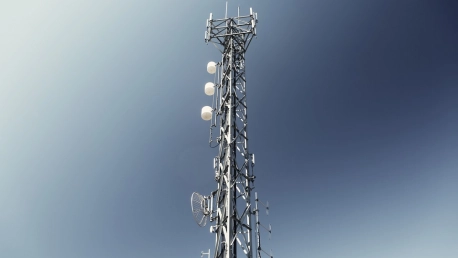Chinese telecommunications company Huawei wants to improve interactions between people and their artificial intelligence (AI) voice assistants. Huawei is currently working on providing emotional interactions according to Felix Zhang, vice president of software engineering at Huawei’s consumer business group. The company is soon expected to launch an emotion-based AI software with the means to recognize and react to human emotions. Huawei has turned to AI to improve its products for some time now and will continue to invest heavily in this sector. This trend is confirmed by the company’s latest project, which involves the development of a new voice assistant that can respond to human emotions. Other telecommunications companies all over the globe also plan to invest in emotional AI for their voice assistants.
From AI to Emotion AI
Although Emotion AI exists, it is not yet commonly used for virtual assistants. But as more and more people have started to depend on their assistants for everyday tasks, conversations between man and machine have also become a part of daily life. These discussions still lack the contextual information required to correctly understand and respond to human emotions. Adding emotion-understanding abilities to AI software will provide voice assistants with the power to analyze facial expressions, voice tone and behavioral patterns, and by doing so, it will improve user experience. Emotion AI may one day be capable to adjust to human emotions, prolonging conversations when a person feels lonely, choosing calm music for a certain state of mind or happy songs to boost the energy of a depressed person. Furthermore, personal assistants could one day monitor the mental health of certain patients 24/7 and immediately call for help, if needed. The idea of turning smartphones and wearables into emotional companions may sound like the synopsis of a sci-fi film, but Emotion AI is already used to treat children with autism and special needs.
Robots can help children with special needs
Aldebaran Robotics has recently launched ASK (Autism Solution for Kids) Nao, a software solution to be paired with the company’s robot Nao in order to treat children with autism and special needs. The company has developed this solution following previous studies that proved certain children with autism showed an increase in social interactions and communication after spending some time with a robot. Several other robots have already proven to be useful aids in autism evaluation and therapy, but the company is hoping that ASK Nao will make a bigger impact for children suffering from autism spectrum disorders and their families and teachers. Nao, the friendly robot that is expected to make a difference for these children, is actually scanning their faces and bodies for facial expressions and behavioral patterns and later using this data to determine practical ways of getting their attention. If Emotion AI can improve social interactions and communication for children with autism, couldn’t the technology be used to monitor and manage the mental health of other groups? As researchers at the Vanderbilt University managed to create machine learning algorithms that accurately predicted future suicide attempts in patients with self-injury issues, the answer seems to be positive.
Huawei is not the only company that counts on Emotion AI to reshape the future of voice assistants everywhere. LG Electronics has shown interest in the field, after the company invested in an AI start-up specialized in recognizing human emotions. Emotion AI seems not only to improve user experience when it comes to human-machine interaction, but also social interactions and communication between humans, as shown by the ASK Nao experience. As AI software is becoming more and more sophisticated, so are its future uses.
Other personal assistants such as Apple’s Siri, Microsoft’s Cortana and Google Assistant may also benefit from these findings, but it seems that Chinese telecommunications company Huawei will be among the first to recognize the full potential of Emotion AI. As LG Electronics is rapidly following suit, it seems that the future will bring more and more smart devices equipped with new and improved voice assistants that may be able to understand human emotions and moods by collecting certain data. Emotion AI may also be able to analyze situations accordingly and take action, if necessary. It is still very hard to imagine how invasive the new technology will be and if people will actually be comfortable losing their ability to hide emotions.









